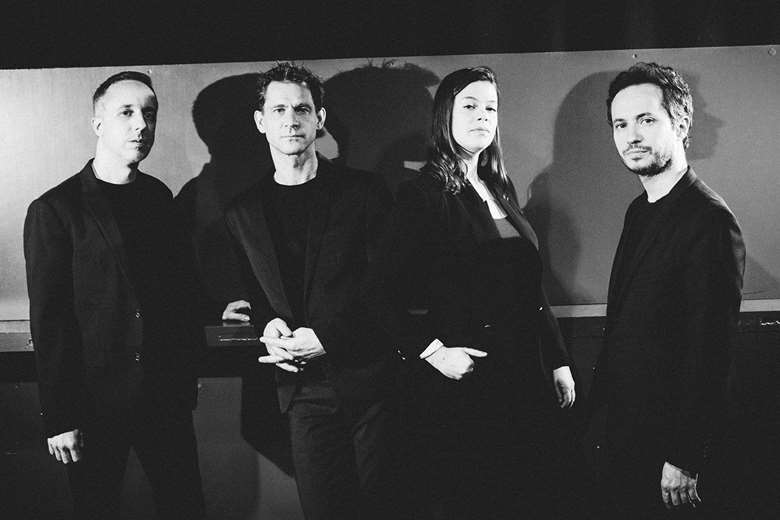Quatuor Ébène: from Mozart to ‘Milestones’
Charlotte Gardner
Friday, September 6, 2024
Since making an inspired return to jazz for its latest album, Quatuor Ébène has hired a new cellist who’s had to step into some formidable shoes. But, as Charlotte Gardner discovers, the Award-winning group is already settling into their new era in style

Register now to continue reading
Thanks for exploring the Gramophone website. Sign up for a free account today to enjoy the following benefits:
- Free access to 3 subscriber-only articles per month
- Unlimited access to our news, podcasts and awards pages
- Free weekly email newsletter











